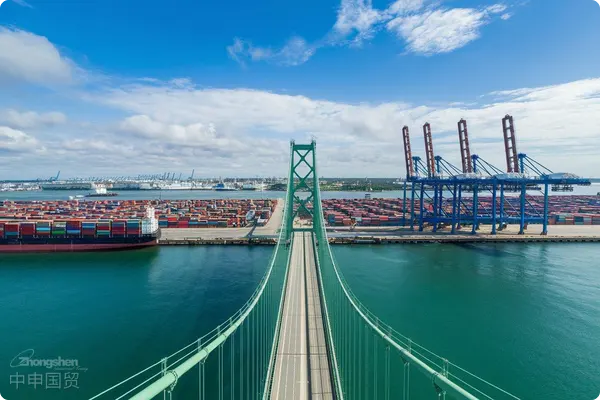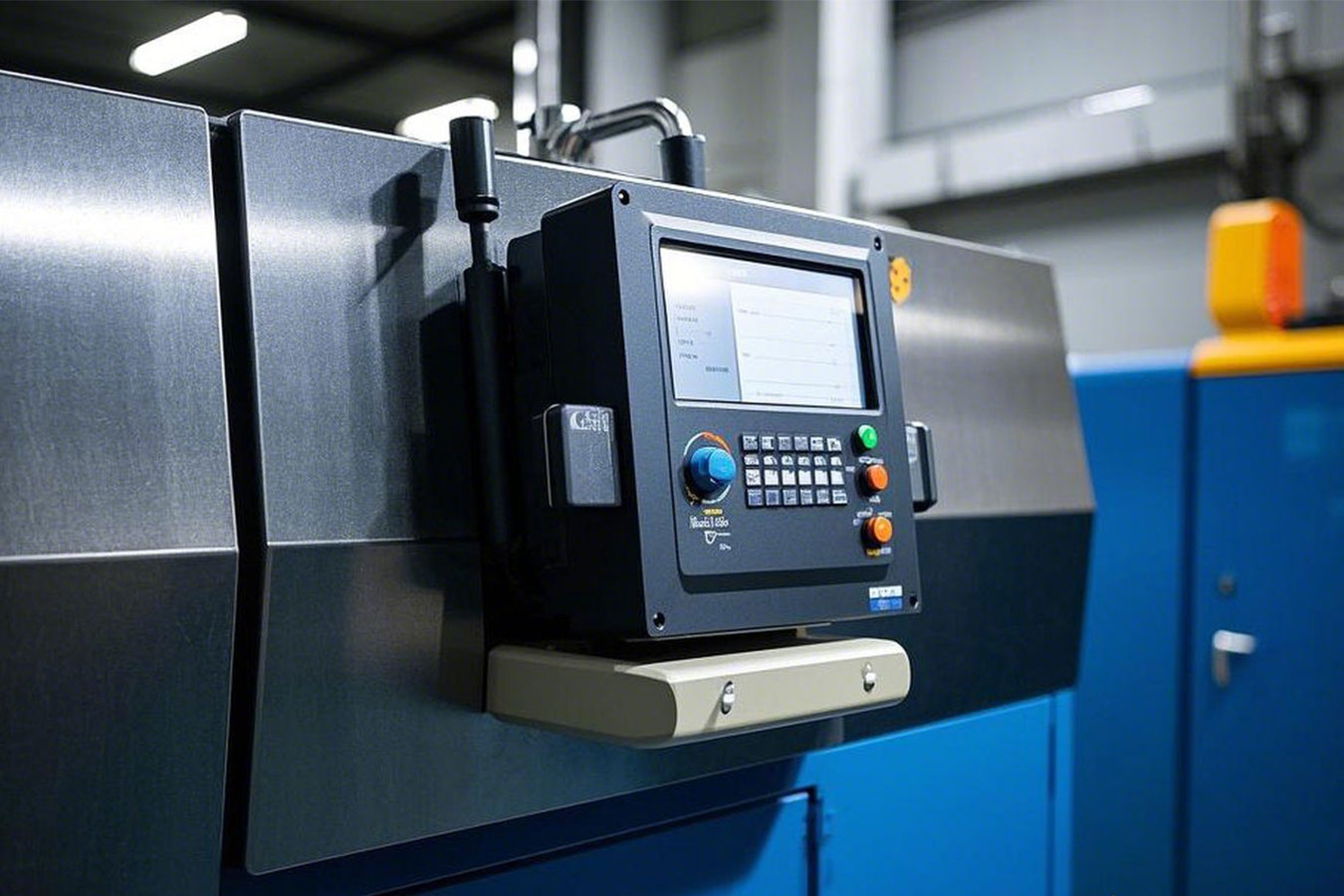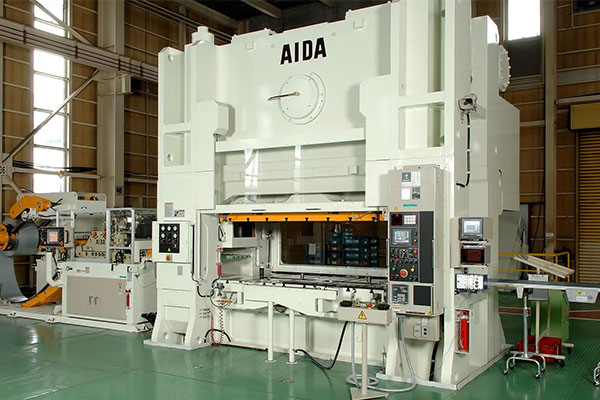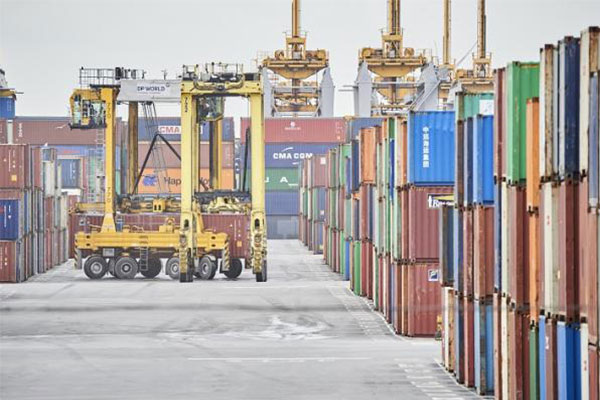- Shanghai Zhongshen International Trade Co., Ltd. - Two decades of trade agency expertise.
- Service Hotline: 139 1787 2118

Introduction
On the grand stage of global trade, importing food processing machinery is a crucial step for many food enterprises to enhance production efficiency and expand their business horizons. However, the complex international trade procedures, volatile market conditions, and stringent product certification requirements often make the import process fraught with challenges. Today, let's delve into the intricacies of importing food processing machinery.foreign tradeimport and exportKey points to help clear the fog for you.
Professional document processing and logistics arrangement
Importing food processing machinery requires meticulous documentation as the foundation. From commercial invoices and bills of lading to packing lists, each document is crucial. The commercial invoice must detail the machinery's specifications, model numbers, prices, and other relevant information to ensure alignment with contract terms. The bill of lading serves as proof of ownership for the goods, and its accuracy directly impacts transportation and delivery. Throughout the documentation process, attention to detail is essential to avoid delays or payment rejections due to discrepancies in the paperwork.
Logistics arrangements are equally crucial. Food processing machinery is typically large in size and heavy in weight, making the selection of appropriate transportation methods particularly critical.Maritime TransportationThe cost is relatively low, making it suitable for large-scale cargo transportation, but the transit time is longer;Air TransportationFast speed can meet urgent needs, but the cost is relatively high. At the same time, it is necessary to consider the packaging and reinforcement of the goods to prevent damage during transportation. At the destination port, customs clearance procedures must also be completed promptly to ensure smooth delivery of the goods.
Russian market: VTBFX Settlement AgencyAdvantages
For importing food processing machinery into the Russian market,ZhongShen International TradeEnjoy unique VTB foreign exchange settlement convenience. In trade with Russia, the foreign exchange settlement process is crucial. Traditional settlement methods may involve risks such as exchange rate fluctuations and lengthy settlement cycles. However, utilizing the VTB channel for foreign exchange settlement can effectively mitigate these risks.
VTB, as one of Russia's important banks, is closely integrated with the international financial system. In terms of the foreign exchange settlement process, first, after the importer and exporter sign a trade contract, the importer applies to VTB Bank to open aL/CAfter reviewing the contract terms and the importer's qualifications, VTB Bank issues a letter of credit to the exporter. The exporter ships the goods according to the requirements of the letter of credit and submits the compliant documents to VTB Bank. Upon verifying the documents, VTB Bank proceeds to make the payment to the exporter. This method not only safeguards the exporter's right to receive payment but also provides the importer with a stable payment channel, significantly enhancing the efficiency and security of foreign exchange settlement.
Southeast Asian Market: Import and Export Processes and Solutions
Import Process
Import food processing machinery into Southeast Asian countries, using Thailand as an example. First, the importer needs to conduct market research, find suitable suppliers, and sign a trade contract. The contract should clearly specify key terms such as the machinery's specifications, price, and delivery period.
Next is the application for the import license. Different types of food processing machinery may require different licenses, so importers need to consult with and apply to the relevant Thai authorities in advance. Before the shipment of goods, transportation arrangements must be made, and a complete set of documents should be prepared, including the commercial invoice, bill of lading, packing list,It is recommended to verify through the following methods:Exporting Lamps from China to Russia: Lighting up the Road of Cross - border Trade
After the goods arrive at the Thai port, the importer needs to appoint a local customs broker to handle the customs clearance procedures. The customs broker submits the declaration to the customs based on the provided documents. After the customs inspects the goods and collects the corresponding duties and VAT, the goods can be released.
Solutions
When importing food processing machinery into the Southeast Asian market, challenges such as language barriers and unfamiliarity with local policies and regulations may arise. With extensive experience, ZhongShen International Trade provides clients with one-stop solutions. Our professional team is well-versed in local languages and regulations, facilitating smooth communication between importers and suppliers to ensure clear and precise contract terms. Regarding licensing procedures, we offer detailed guidance to assist clients in preparing the necessary documents, thereby enhancing processing efficiency.
Challenges and Opportunities in the Current International Trade Landscape
Challenges
Currently, the international trade landscape is complex and ever-changing. Trade protectionism is on the rise, with various countries implementing a range of trade-restrictive measures, such as raising tariffs and erecting trade barriers. For imported food processing machinery, this undoubtedly increases costs and uncertainty. For instance, certain countries may impose high tariffs on specific types of food processing machinery, significantly driving up import prices and thereby weakening the product's competitiveness in the local market.
At the same time, exchange rate fluctuations also pose a significant challenge. The instability of exchange rates can affect import costs and profits. If the domestic currency depreciates after the contract is signed, importers will face higher cost pressures.
Opportunities
Despite the challenges, opportunities also exist. With the gradual recovery of the global economy, the demand for food processing machinery continues to grow. The food industry in emerging market countries is developing rapidly, creating a strong demand for advanced food processing machinery. This provides importers with vast market potential.
Furthermore, the advancement of digital technology has also brought new opportunities to international trade. Through e-commerce platforms, importers can more conveniently seek high-quality suppliers worldwide, reducing procurement costs. Meanwhile, digitalized logistics and documentation processing systems have also enhanced trade efficiency.
Product Certification Services
When importing food processing machinery, product certification is an essential step. Different countries and regions have varying certification requirements for food processing machinery. For example, the CE certification in the European Union ensures that products comply with relevant EU directives and harmonized standards. Food processing machinery that obtains CE certification can freely circulate in the EU market.
Although ZhongShen International Trade does not directly provide certification services, we will fully inform customers of the required certifications and assist them in the application process. Leveraging our extensive experience, we can provide clients with accurate certification information, guide them in preparing the necessary documents, facilitate effective communication with certification bodies, and help them successfully obtain certifications. This ensures that food processing machinery can enter the target market in compliance with regulations.
Conclusion
The import and export business of food processing machinery involves multiple stages and complex market conditions. Whether it's professional documentation handling and logistics arrangements, unique advantages and solutions tailored to different markets, or a precise grasp of international trade trends and product certification services—each aspect is crucial. We hope that through the introduction in this article, we can provide you with valuable insights on importing food processing machinery and help you achieve success in international trade.
Related Recommendations
? 2025. All Rights Reserved. Shanghai ICP No. 2023007705-2  PSB Record: Shanghai No.31011502009912
PSB Record: Shanghai No.31011502009912










